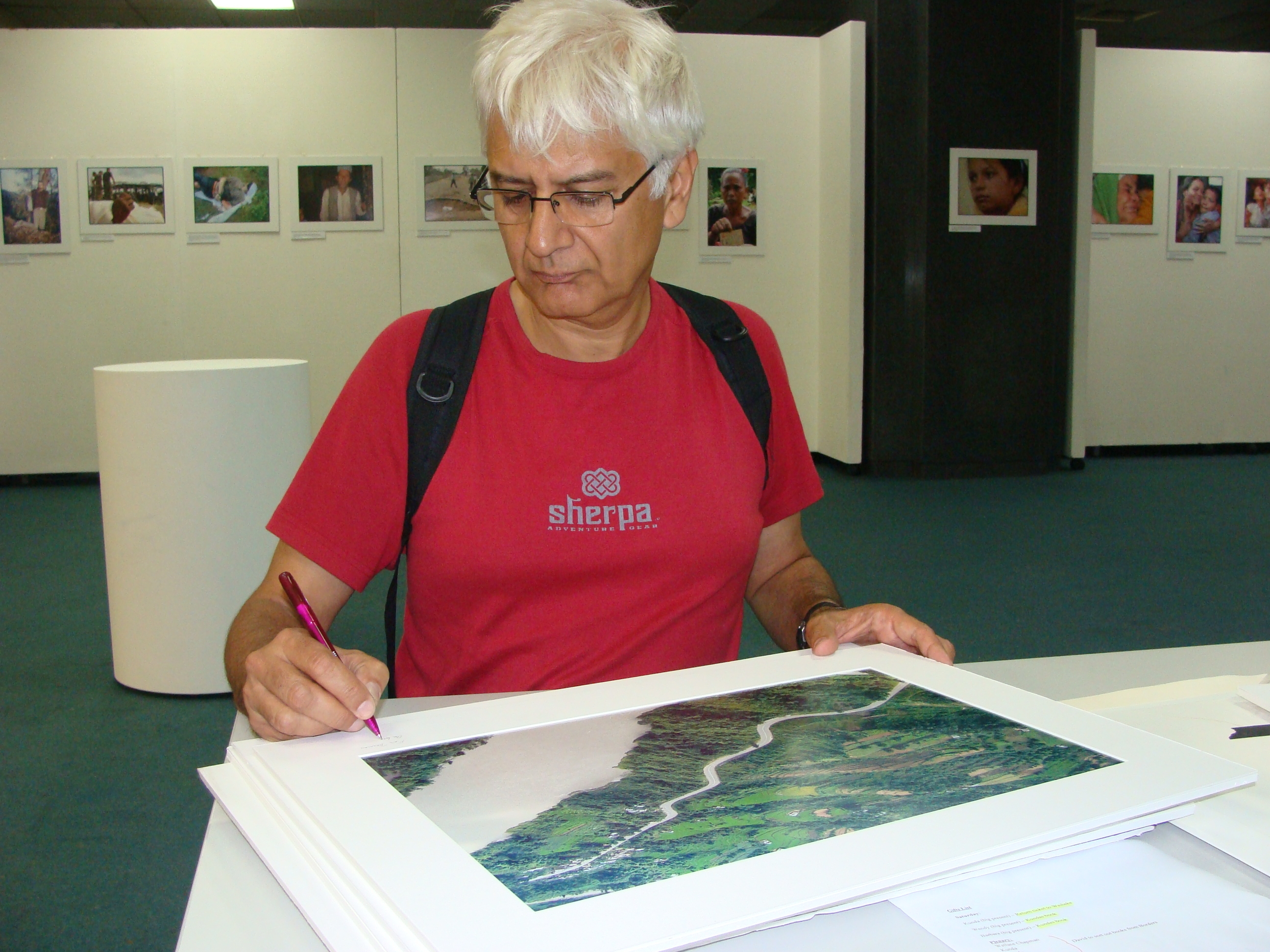
Editor of the Nepali Times Kunda Dixit challenged the benefits and pitfalls of new media influence on in-depth journalism in the inaugural Media, Investigative Journalism and Technology Conference this weekend.
New media could be an outlet for stories that due to commercial pressures within newsrooms would not otherwise get published, he said.
However, he admitted that new media did have flaws.
“The problem with the internet is that you usually preach to the converted,” he said.
And the decreasing amount of space available for investigative journalism in mainstream media meant that longer, in-depth stories were sidelined, he said.
“The internet gives you that space, but even there you are battling very short attention spans.”
Focus on people
As a way forward, he suggested multimedia news reports as a way to capture audiences, but warned these pieces need to be the product of in-depth journalism that addresses the people most affected by it.
Dixit worked as a "parachute" journalist for the BBC before civil war broke out in Nepal in 1996. He said war correspondents, including him, behaved like soldiers. They went to a bar at the end of the day and spoke in military jargon.
However, when returning to war-torn Nepal, it was no longer “someone else’s war".
“Journalism schools teach us not to get too involved; to be a spectator,” he said.
“But back home I could not.”
“We had to look beyond the battles,” he said. “We had to look at the human cost.”
Dixit pointed to the discrepancies in reporting; when people from developed nations die suddenly and spectacularly, it is front page news.
However, when more people from developing nations die slowly it does not make the news.
“It never has,” Dixit said.
Dixit said the problem in war reporting in Nepal was that journalists were not involved enough; that there was no space for in-depth stories.
Turning to other means
Colleagues of his turned to documentary filmmaking and writing books because they felt the rules of journalism were inadequate.
Dixit himself decided to tell Nepal’s story through pictures.
“Pictures remind us to remember the brutality,” Dixit said.
“And also what the violence does to those who want no part in it.”
He believes war is currently fought in the realm of public opinion.
“Great care is taken to filter the images of war,” he said.
Dixit said this is counterproductive to the reconciliation process. He asked journalists and the Nepali public to provide him raw images of moments in people’s lives during and after the war.
As well as this, Dixit dismissed the idea that journalists should solely strive for objectivity while reporting social issues.
‘Objectivity’ versus ‘fairness’
Dixit argued that objectivity seems to be neutral but if the scale of social justice is so outweighed in the favour of the powerful - over women, children and people whose stories are never told - then the problem is perpetuated.
“I think it is more important to be fair,” he said.
“The scale of social justice needs to be balanced.”
The recent release of documents by WikiLeaks was raised in discussion following Dixit’s presentation.
Dixit argued WikiLeaks did not break new ground, but merely corroborated investigative journalists’ hard work.
“WikiLeaks, I think, is an example of someone who got famous very quickly - off a leak,” Dixit said.
“I see it as being a bit gimmicky, not really investigative.”
He did agree, however, that corroborating the information was still a valuable contribution.
Frames of War
Dixit alluded to his Frames of War photo journalism exhibition which was launched in the evening.
He argued that the best way for the rest of the world to understand the impact of war was to witness that “peace does not come at the end of war".
Dixit said that in the short time he has been in New Zealand, it has been “tremendous to see the sympathy people have for Nepal.”
Dixit and his team, including noted Bangladeshi photographer Shahidul Alam and war photographer Shyam Tekwani, looked at over 3000 images and chose 179 for their Frames of War exhibition and their book, The People War.
Frames of War will be on display at AUT University’s Pacific Media Centre and is open to the public until December 17.
The conference – first of its kind in New Zealand – was organised by the PMC.
Courtney Wilson is a graduating Bachelor of Communication Studies student journalist on an internship with AUT’s Pacific Media Centre. Kunda Dixit is in New Zealand on the AUT Pacific Media Centre's Asian Journalism Fellowship sponsored by the Asia New Zealand Foundation.



